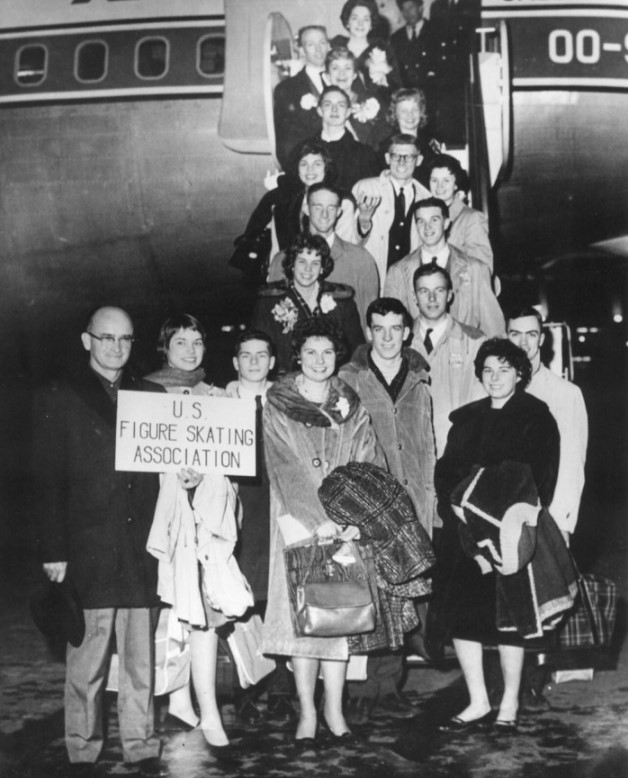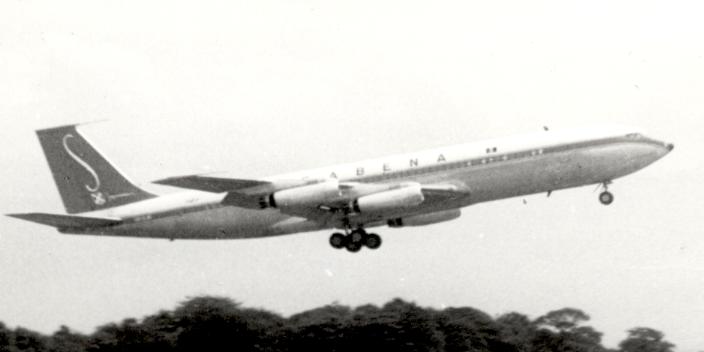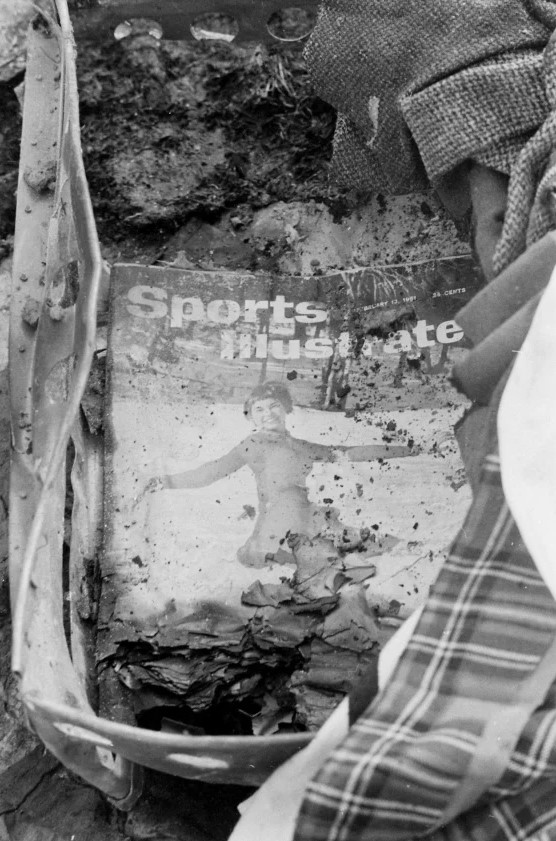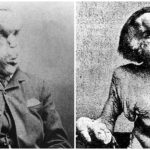On February 15, 1961, tragedy struck when Sabena Flight 548, a Boeing 707 traveling from New York to Brussels, crashed near the Brussels airport. The accident claimed the lives of all 72 people on board, including the entire U.S. figure skating team, along with six coaches, four officials, and six family members traveling with the group.
One person on the ground also lost their life, bringing the total to 73. This marked the first-ever crash of a Boeing 707 and remains the deadliest aviation disaster in Belgian history.
Landing problems

The flight included 11 crew members, led by two experienced pilots, Louis Lambrechts (43) and Jean Roy (48), both former military aviators with over 15,000 flight hours each. The 7.5-hour journey from New York to Brussels appeared uneventful, with no issues reported.
However, about 20 minutes before landing, radio communication with Brussels Airport unexpectedly ceased. Around 10:00 a.m. local time, the Boeing 707 was nearing its final approach to Runway 20 when the pilots increased power and retracted the landing gear.

After circling the airport multiple times, the 707 attempted to land on Runway 25, which was out of service. This approach, like the first, was aborted. Witnesses reported seeing the pilots struggling to control the aircraft, which appeared to have a mechanical issue that made a normal landing impossible.
The plane circled the airfield three more times, each time banking more steeply. It eventually climbed to 460 meters, leveled briefly, then pitched upward sharply. Losing speed, it spiraled downward and crashed nose-first into the ground just under 3 kilometers from the airport at 10:05 AM.
The crash occurred in a marshy area near farmland in Berg, about 6 km outside Brussels. Witnesses reported that the plane exploded upon impact, sending up thick black smoke as it burst into flames.

Tragically, a young farmer, Theo de Laet, working nearby, was killed by a piece of aluminum shrapnel, while another worker, Marcel Lauwers, was hit by debris and lost part of his leg due to the injury.
Father Joseph Cuyt, a local priest who saw the plane struggling to land, rushed to the scene but was overwhelmed by the intense heat. Although airport rescue teams arrived quickly, the flames had already consumed the wreckage.
Investigation after the crash

The Belgian government quickly launched an investigation into the crash, joined by the U.S. Federal Aviation Administration (FAA) and the International Civil Aviation Organization (ICAO). For months, investigators examined the evidence, with the FBI even considering terrorism as a possible cause.
While authorities agreed that a mechanical failure in the flight-control systems—likely involving the wing spoilers or tail stabilizers—was the most probable explanation, the exact cause of the crash was never fully determined.
Establishing the U.S. Figure Skating Memorial Fund

The tragic loss of the U.S. figure skating team in 1961 led to the foundation of the U.S. Figure Skating Memorial Fund. Its mission is to provide financial support for U.S. Figure Skating members pursuing both skating and academic goals. Scholarships are awarded to athletes who show strong competitive results, academic success, and potential on national and international stages.

Since it began, the fund has distributed over $20 million to thousands of athletes for skating and educational expenses. Backed by donations from fans, families, foundations, and skating clubs, it stands as a lasting tribute to those lost on Flight 548.
Many athletes, including Olympic champions like Peggy Fleming, Kristi Yamaguchi, Scott Hamilton, and Meryl Davis and Charlie White, have benefited from the fund. Today, it continues its tradition of supporting skaters at all levels as they chase their dreams on and off the ice.

